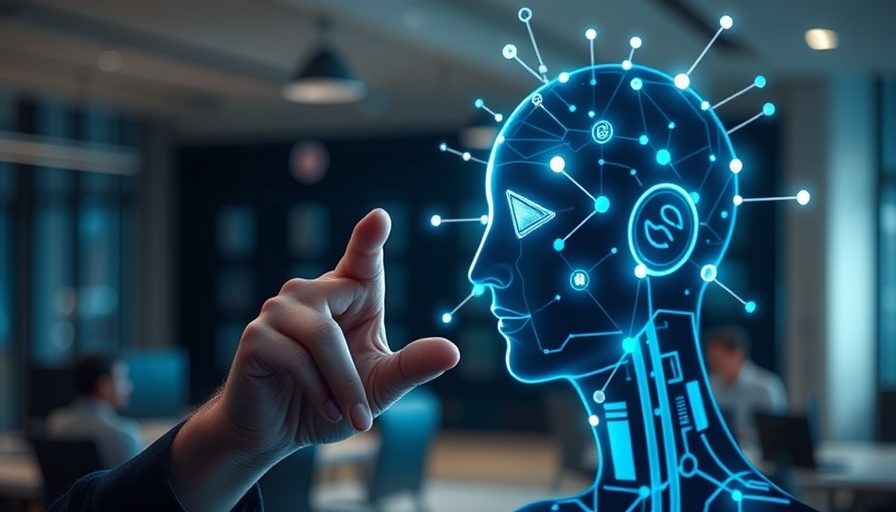
Understanding Agentic AI: The Emerging Frontier
In recent times, artificial intelligence has shifted from experimental applications to practical implementations, with Agentic AI emerging as a centerpiece in this evolution. Dubbed by Nvidia as the "next frontier" of artificial intelligence, Agentic AI harnesses sophisticated reasoning and iterative planning to tackle complex, multi-step problems independently. With a striking 99% of AI developers currently exploring or developing AI agents, this technology is gaining traction across various sectors.
Addressing Job Security Fears
As the capabilities of Agentic AI expand, so too do concerns regarding job displacement. According to a report by the World Economic Forum, 41% of employers are considering downsizing in areas where AI can effectively replicate human tasks. However, deployment experts like Anothai Wettayakorn highlight that Agentic AI is designed not to replace employees but to augment their capabilities. Even though AI can automate many workflows and analyze vast amounts of data, it will not be prepared to take over complex, sensitive roles any time soon.
Transforming Human Roles with AI
Marina Danilevsky, a Senior Research Scientist at IBM, reiterates that while AI will increasingly handle routine tasks, the final decisions will still rely on human input. The key takeaway is that AI's role will shift towards enhancing human performance rather than outright replacement. Anothai envisions AI agents complementing humans in making richer, informed decisions, emphasizing the need for empathy and experience—qualities AI has yet to replicate effectively.
The Technology Behind Agentic AI's Growth
According to recent findings from IBM, four pivotal developments mark the progression of Agentic AI over the past year and a half: improved algorithms, chain-of-thought training, larger context windows, and enhanced function calling. Chris Hay, a Distinguished Engineer at IBM, notes that these advancements not only lead to quicker performance but also to better logical structuring and reasoning capabilities in AI. Such progress forms the foundation for creating robust AI agents capable of significantly influencing business workflows.
Looking Ahead: Opportunities and Risks
While the benefits of Agentic AI are promising, they come with risks of misalignment in human-AI interactions. Hay warns of a potential scenario where humans end up supporting AI rather than the other way around if the technology is not implemented thoughtfully. This underscores the importance of balancing AI integration with human oversight to ensure that the synergy enhances productivity without undermining the workforce.
Diverse Perspectives on AI in the Workplace
As AI continues to advance, diverse viewpoints will increasingly shape its integration. Some tech advocates celebrate the innovations, while others cast doubts over job security or ethical concerns surrounding AI's usage. In this context, understanding the multifaceted implications of Agentic AI becomes crucial for both AI enthusiasts and industry stakeholders.
Conclusion: A Future Enriched by Collaboration
The rise of Agentic AI holds significant potential to transform workplaces for the better. While the path forward may include challenges and uncertainties, remaining informed and engaged with AI advancements can prepare employees to flourish alongside these technologies. Embracing Agentic AI is not just about adaptation; it’s about collaboration that utilizes strengths from both humans and machines.
To learn more about how Agentic AI can positively influence your work environment and what technologies are on the horizon, stay informed and explore the exciting changes this frontier brings to our professional landscape!
 Add Row
Add Row  Add
Add 




 Add Row
Add Row  Add
Add 

Write A Comment